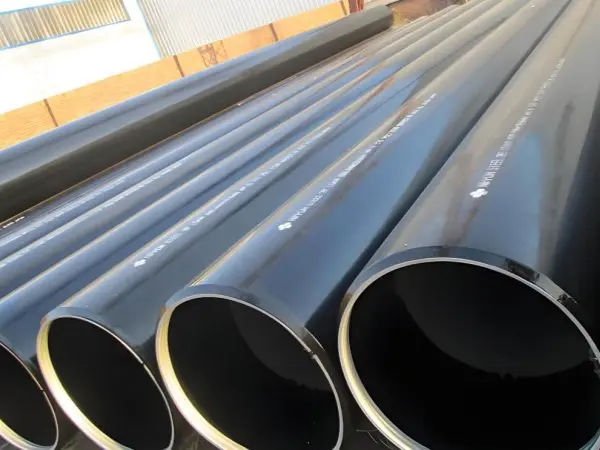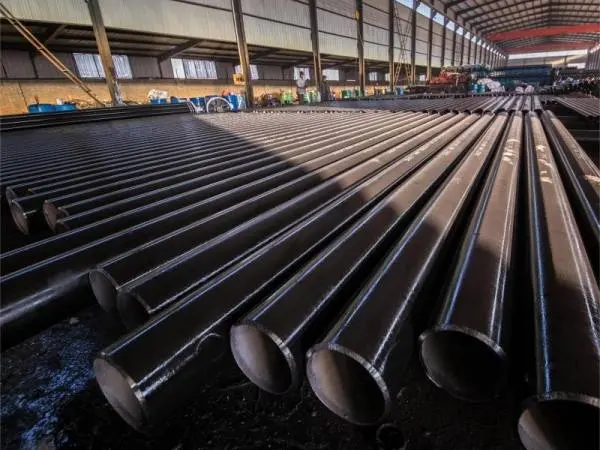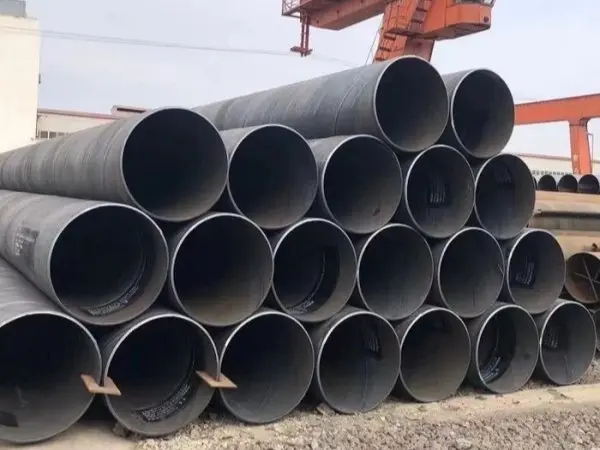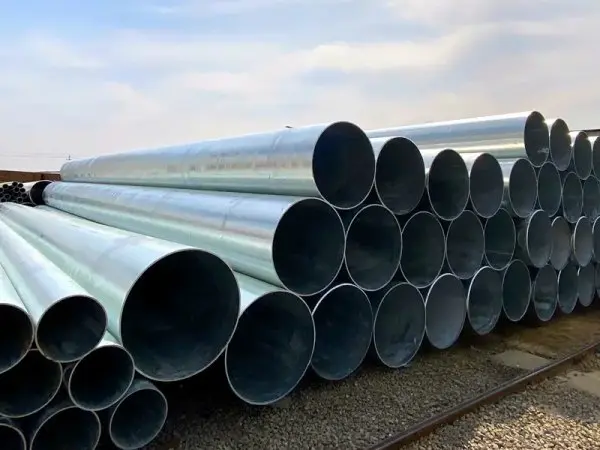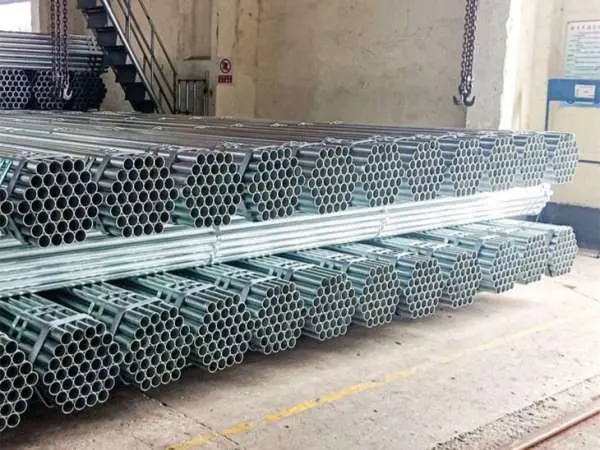- Phone0086 731 8564 8255
- E-mailsales@cscsteel-manufacturing.com
-

High-frequency electric resistance welded (ERW) steel pipes are produced by utilizing the skin effect and proximity effect of high-frequency currents. After a hot-rolled coil is shaped by a forming machine, the edges of the tube blank are heated and melted. Pressure welding is then performed under the action of extrusion rollers to complete the production process.
The use of high-frequency resistance welding for manufacturing welded pipes dates back to the 1950s. Over the past decade, the technology has significantly advanced, leading to continuous improvements in both production methods and product quality. A key factor in this improvement is the enhanced quality of raw materials used in ERW production. Steel component designs now include low carbon (C), low phosphorus (P), and sulfur (S) content, as well as micro-alloying. Innovations in steelmaking, such as converter smelting, ladle refining, vacuum degassing, and continuous casting, combined with controlled rolling and cooling technologies, have greatly enhanced the size, surface quality, and physical properties of hot-rolled steel strips used in the production of large and medium-diameter ERW steel pipes.
Moreover, the manufacturing process of large and medium-diameter ERW steel pipes has become more automated. Computerized control is applied to various stages, such as pipe forming, welding, and heat treatment. During high-frequency welding, the computer's automatic compensation system precisely controls heat input energy, preventing issues like cold welding, insufficient welding, or overheating due to excessive heat. Additionally, the intermediate-frequency heat treatment process is also carefully controlled to ensure optimal results, maintaining the quality of the weld and heat-affected zones.
The advancement of detection technologies has further enhanced quality assurance. Online and offline ultrasonic or eddy current testing of welds, along with water pressure testing, can now be conducted under computer monitoring. Furthermore, the implementation of ISO9000 series standards and APIQ1 specifications ensures that the entire process—from production to inspection, sales, and service—follows a comprehensive quality assurance system.
In recent years, many countries have been actively researching the replacement of seamless and spiral welded pipes with high-frequency welded (ERW) steel pipes. In industrially advanced nations, for pipes with diameters below 610 mm, ERW pipes now account for approximately 70% of the market, reflecting their increasing prominence.
